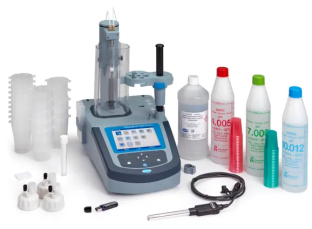-
PRODUCTS
- Lab Instruments
- Lab Meters and Probes
- Chemistries, Reagents, and Standards
-
Online Analyzers
Ammonium Analysers Ammonia Monochloramine Chlorine Analyzers
- CL17sc
- CL10sc Amperometric
- 9184 sc Amperometric
- เครื่องวิเคราะห์คลอรีนด้วยการวัดสี Ultra Low Range CL17sc
EZ Series Analysers- Iron
- Aluminium
- Manganese
- Phosphate
- Chloride
- Cyanide
- Fluoride
- Sulphate
- Sulphide
- Arsenic
- Chromium
- Copper
- Nickel
- Zinc
- Ammonium
- Total Nitrogen
- Total Phosphorus
- Phenol
- Volatile Fatty Acids
- Alkalinity
- ATP
- Hardness
- Toxicity
- Sample Preconditioning
- Boron
- Colour
- Nitrate
- Nitrite
- Silica
- Hydrogen Peroxide
- EZ Series Reagents
- EZ Series Accessories
- EZ sc Series Inorganics
- EZ sc Series Metals
- EZ sc Series Nutrients
-
Online Sensors and Controllers
Ammonium Sensors Conductivity Sensors
- 3400 Analogue Contacting
- 3400 Digital Contacting
- 3700 Analogue Inductive
- 3700 Digital Inductive
- 9525 DCCP System
- Industrial UV
- Flow and Collections
- Automated Lab Systems
- Test Kits & Strips
- Microbiology
- Lab Equipment and Supply
- Samplers
- Electrochemistry
- PARAMETERS
- APPLICATIONS
- INDUSTRIALS
- E-SHOP
- Service
- BRANDS
Hach Thailand
เลือกประเทศหรือภูมิภาคของคุณ:
Europe
Americas
Asia - Australasia
- Australia
- Mainland China
- India
- Indonesia
- Japan
- Malaysia
- New Zealand
- Philippines
- Singapore
- South Korea
- Thailand (Thai)
- Taiwan
- Vietnam
Middle East - Africa
Chemistries ONLINE SHOP: +6693 769 9254
อัลคาไลน์ Alkalinity
ทำความเข้าใจกับสภาพความเป็นด่างในน้ำ - Alkalinity in water
ความเป็นด่างจะวัดความสามารถของน้ำในการทําให้กรดเป็นกลาง และรักษาระดับ pH ให้คงที่ ซึ่งเป็นตัวบ่งชี้คุณภาพน้ำที่สําคัญในอุตสาหกรรมและการใช้งานที่หลากหลาย เช่น น้ำดื่ม เครื่องดื่มต่างๆ ระบบ boiler/cooling และการบําบัดน้ำเสีย
เมื่อน้ำมี "สภาพความเป็นด่างสูง" จะเกิดอะไรขึ้น
- ลดความเป็นพิษของโลหะหนักโดยใช้ไบคาร์บอเนต (bicarbonates) และคาร์บอเนต (carbonates) ที่มีอยู่เพื่อกําจัดโลหะออกจากสารละลาย
- าจทำให้เกิดรสชาติที่ไม่พึงประสงค์ ซ้ำร้ายยังเป็นอันตรายต่อมนุษย์
- าให้เกิดตะกรันหรือการสะสมแร่ธาตุในอุปกรณ์และท่อต่างๆในอุตสาหกรรม
เมื่อน้ำมี "สภาพความเป็นด่างต่ำ" จะเกิดอะไรขึ้น
- ทําให้ลําธาร แม่น้ำ หรือทะเลสาบเสี่ยงต่อมลพิษที่เป็นกรด ซึ่งอาจทําให้ค่า pH ของน้ำลดลงจนถึงระดับที่เป็นอันตรายต่อสัตว์ครึ่งบกครึ่งน้ำ ปลา หรือแพลงก์ตอน
- ขัดขวาง กระบวนการไนตริฟิเคชัน (nitrification)ในการบําบัดน้ําเสียทางชีวภาพ
เนื่องจากผลกระทบในวงกว้างของความเป็นด่าง การตรวจสอบความเป็นด่างอย่างสม่ำเสมอจึงมีความสําคัญต่อการรักษาน้ำให้แข็งแรงและมีเสถียรภาพ Hach® มีอุปกรณ์ทดสอบ ทรัพยากร และซอฟต์แวร์ที่หลากหลายซึ่งคุณต้องการในการตรวจสอบความเป็นด่างในการใช้งานกระบวนการเฉพาะของคุณอย่างมีประสิทธิภาพ
Featured Alkalinity Products
EZ Series Alkalinity Analyzers
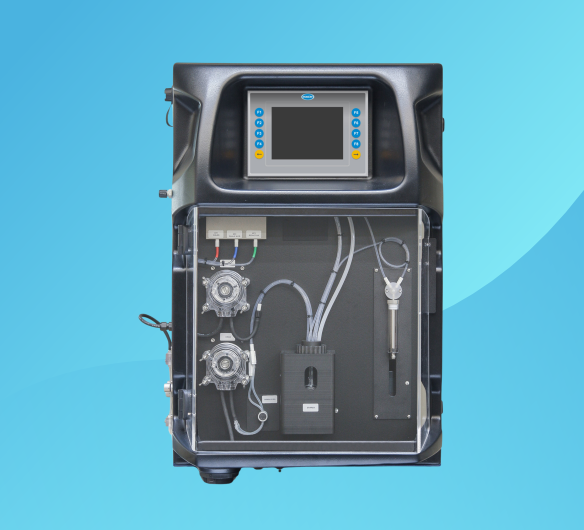
Applications: Influent for Wastewater, Primary Treatment, Secondary Treatment, drinking water, steam & power generation, surface water
เครื่องวิเคราะห์ค่าความเป็นด่างอิสระ (P-alkalinity) หรือความเป็นด่างรวม (Total Alkalinity) ช่วยให้ตรวจวัดความเป็นด่างในตัวอย่างน้ำได้อย่างแม่นยํา รับประกันผลลัพธ์ที่รวดเร็วและแม่นยํา
Discover MoreS1000 Portable Parallel Analyser (PPA)
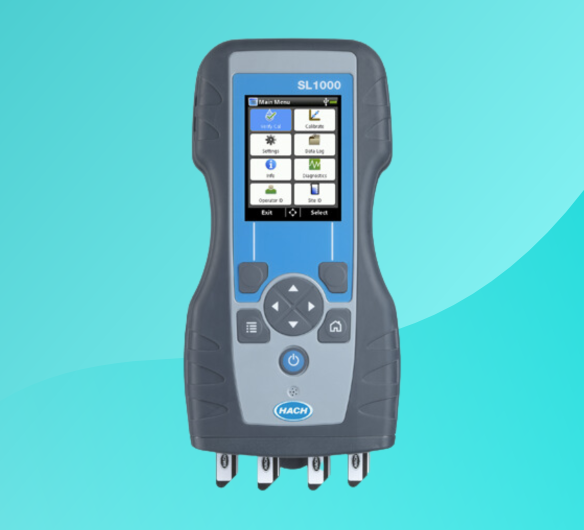
Applications: Boiler Water, Cooling Water. Groundwater, Membrane Protection, Municipal Water, Potable Water, QA/QC Lab, Source Water, Surface Water
ด้วยความสามารถในการทําการทดสอบหลายรายการพร้อมกัน SL1000 จึงเพิ่มความคล่องตัวในการวัดค่าความเป็นด่างควบคู่ไปกับพารามิเตอร์อื่นๆ โดยนําเสนอการวิเคราะห์แบบ on-the-go สําหรับการใช้งานภาคสนาม เช่น การประเมินคุณภาพน้ำและการตรวจสอบสิ่งแวดล้อม
Discover MoreTitralab ® AT1000 & KF1000 Series
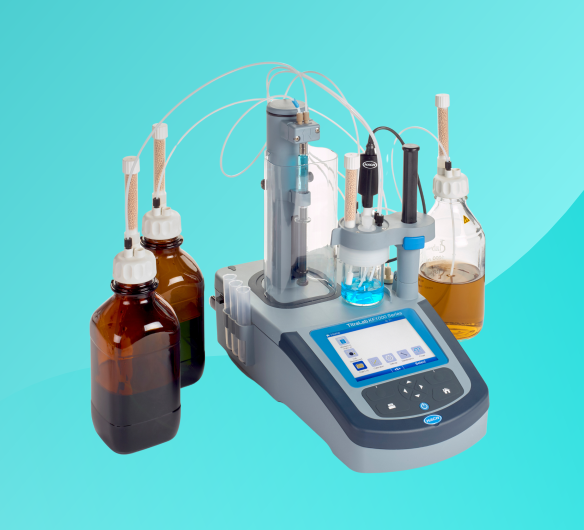
Applications: Influent for Wastewater, Primary Treatment, Secondary Treatment, Surface Water
วิธีการไทเทรต ตามปริมาตรเช่นเดียวกับที่ใช้ในซีรีส์ AT1000 และ KF1000 ใช้เทคนิคการไทเทรตที่แม่นยํา ช่วยให้มั่นใจในการตรวจวัดระดับความเป็นด่างที่เชื่อถือได้ ซึ่งมีความสําคัญอย่างยิ่งต่อการรักษาสภาวะที่เหมาะสมที่สุด ในกระบวนการทางอุตสาหกรรม และการตรวจสอบสิ่งแวดล้อม
Discover MoreSpectrophotometers
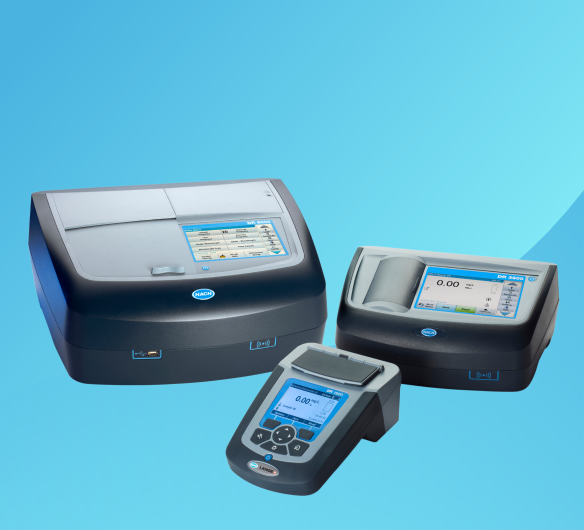
Applications: Groundwater, Influent for Wastewater, Municipal Water, Nutrient Monitoring, Primary Treatment, QA/QC Lab, Secondary Treatment, Surface Water, Membrane Protection, Pre-Treatment, Production Water, Potable Water
Hach สร้างสรรค์นวัตกรรมด้วยสเปกโตรโฟโตมิเตอร์มานานกว่า 70 ปี และนําเสนอเครื่องสเปกโตรโฟโตมิเตอร์ชั้นนํามากมายในตลาดการวิเคราะห์น้ํา เครื่องมือเหล่านี้ช่วยให้สามารถหาปริมาณของความเป็นด่างผ่านวิธีการวัดสี ซึ่งช่วยให้วัดค่าได้อย่างแม่นยําและละเอียดอ่อน ซึ่งจําเป็นในการวิจัย การควบคุมคุณภาพ และการปฏิบัติตามกฎระเบียบในอุตสาหกรรมต่างๆ
Discover MoreTest Strips
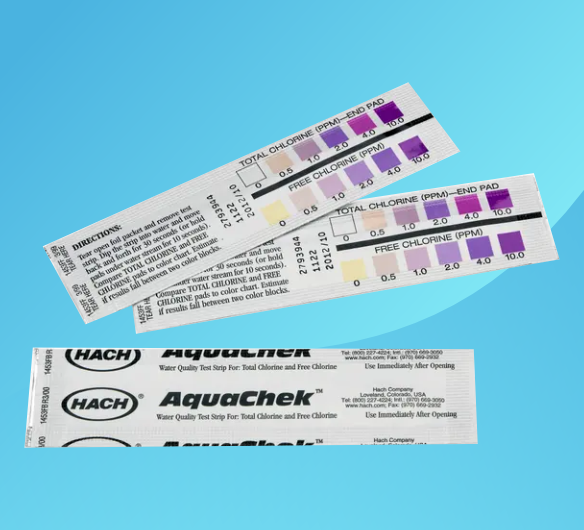
ด้วยความเรียบง่ายและแม่นยําของชุดทดสอบความเป็นด่างของ Hach คุณสามารถรับรองระดับความเป็นด่างที่เหมาะสมในการใช้งานภาคสนามต่างๆ ได้อย่างง่ายดาย โดยใช้วิธีไทเทรตแบบนับหยดและ color disc methods แถบทดสอบเหมาะสําหรับการทดสอบระดับความเป็นด่างในน้ําอย่างรวดเร็ว ณ สถานที่ปฏิบัติงาน แถบทดสอบความเป็นด่างรวมของ Hach ช่วยให้ประเมินระดับความเป็นด่างในแหล่งน้ําต่างๆ ได้อย่างรวดเร็วและง่ายดาย
Discover MoreResources
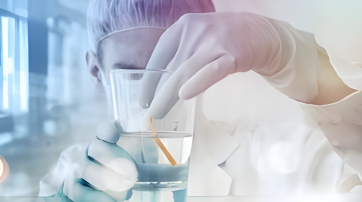
Alkalinity in Drinking Water
การวัดค่าแบบออนไลน์ช่วยให้มั่นใจในคุณภาพน้ําดื่มโดยการตรวจสอบความเป็นด่างอย่างแม่นยํา ลดความเสี่ยงการเกิดตะกรันหรือการกัดกร่อนที่โรงบําบัด
ดาวน์โหลดเอกสารการใช้งานของเราเกี่ยวกับการวิเคราะห์ cooling cycle เพื่อดูข้อมูลเชิงลึกเพิ่มเติม

Webinar
Back to Basics - Hardness and Alkalinity Management within Source Water Vulnerability
Watch Now
Processes Requiring Alkalinity Monitoring
การบําบัดน้ําเสีย - Wastewater Treatment
ในระบบบําบัดน้ําเสีย ความเป็นด่างหรือ Alkalinity เป็นตัวแปรสําคัญในกําหนดความสมบูรณ์และความเสถียรของกระบวนการบําบัดทางชีวภาพต่างๆ
<การย่อยสลายแบบไม่ใช้ออกซิเจน การวัด alkalinity และอัตราส่วนของความเข้มข้นของกรดไขมันในการระเหย (VFA) ทเป็นส่วนสําคัญที่สุดในการทําความเข้าใจเสถียรภาพของกระบวนการทางชีวภาพนี้ เพื่อให้ได้ผลลัพธ์ที่ดีที่สุด การย่อยสลาย(digester) ควรมีค่า pH ระหว่าง 6.5 ถึง 7.5 อย่างไรก็ตาม แค่การวัดค่า pH นั้นไม่เพียงพอ เพื่อให้มั่นใจถึงการดําเนินงานที่ยั่งยืนและปลอดภัย น้ําจะต้องมีความสามารถในการบัฟเฟอร์เพียงพอ ที่จะชดเชยการเปลี่ยนแปลงความเข้มข้นของกรด การย่อยสลายที่มีความเป็นกรดมากเกินไปจะเป็นพิษต่อแบคทีเรีย โดยเฉพาะแบคทีเรียที่สร้างก๊าซมีเทน สภาวะที่เป็นพิษของ pH ต่ําอาจมีค่าใช้จ่ายสูงขึ้นจากการผลิตก๊าซที่ลดลง การเติมสารเคมีสําหรับเพิ่มความเป็นด่าง จะเพิ่มเวลาและการทํางานของพนักงานที่มากขึ้น การเติมสารเคมีเพื่อช่วยในกระบวนการย่อยสลายอีกครั้งอาจใช้เวลาหลายสัปดาห์และใช้เวลานานมาก
ในระบบที่จําเป็นต้องกําจัดแอมโมเนีย (ammonia) และ ไนโตรเจน (nitrogen) ความเป็นด่างเป็นพารามิเตอร์การตรวจสอบที่สําคัญสําหรับการเกิดไนตริฟิเคชัน (nitrification) ที่เสถียร ค่าความเป็นด่างที่ต่ํากว่า 50 มก./ลิตร จะยับยั้งการเปลี่ยนแปลงทางชีวภาพของแอมโมเนีย/แอมโมเนียมเป็นไนไตรต์ (nitrite) จากนั้นเป็นไนเตรต (nitrate) เมื่อความเป็นด่างในระบบชีวภาพหมดลง ค่า pH จะเริ่มลดลงอย่างรวดเร็ว เมื่อตรวจสอบการกําจัดไนโตรเจนทางชีวภาพแบบเติมอากาศ (aerated biological nitrogen removal) ค่า pH จะเป็นตัวบ่งชี้ที่ใช้กันทั่วไปและมีประโยชน์สําหรับวัดความเสถียรของไนตริฟิเคชันของระบบ แต่เป็นตัวบ่งชี้ที่ล้าหลัง สําหรับการตรวจสอบความเสถียรของระบบสูงสุด การตรวจสอบความเป็นด่างเป็นการวัดเชิงคาดการณ์ที่ดีเพื่อระบุปัญหาก่อนที่จะกลายเป็นวิกฤต

น้ําดื่ม - Drinking Water Treatment
Alkalinityหรือความเป็นด่างทําหน้าที่เป็นบัฟเฟอร์ pH ในกระบวนการ coagulation และ lime-soda softening ของน้ํา โดยมีการตรวจสอบความเป็นด่างตลอดเวลาในกระบวนการบําบัดน้ําและในระบบจ่ายน้ํา เพื่อให้แน่ใจว่ามีการส่งมอบน้ําดื่มที่ปลอดภัยสู่ชุมชน
การทราบ alkalinity หรือความเป็นด่างของน้ําดิบเป็นสิ่งสําคัญมาก เพื่อที่จะเลือกสารตกตะกอนที่ถูกต้องและการตั้งค่ากระบวนการจับตัวเป็นก้อน/ตกตะกอน ด้วยความรู้ที่ถูกต้องเกี่ยวกับพารามิเตอร์ที่สําคัญ จะช่วยปรับปรุงกระบวนการจับตัวเป็นก้อน (coagulation process) เพื่อกําจัดคาร์บอนอินทรีย์ทั้งหมด (TOC) และลดโอกาสการก่อตัวของเชื้อ (DBP) ในน้ําก่อนการทําคลอรีน
ค่าความเป็นด่างของน้ํามักจะถูกกรองเพื่อควบคุมค่าการกัดกร่อนก่อนปล่อยสู้ระบบจ่ายน้ํา และการวัดค่าความเป็นด่างของน้ําประปาในเครือข่ายจ่ายน้ําเป็นสิ่งสําคัญเพื่อให้แน่ใจว่ามีการควบคุมค่าการกัดกร่อนอย่างเหมาะสม และหลีกเลี่ยงการละเมิดกฎตะกั่วและทองแดง (LCR)
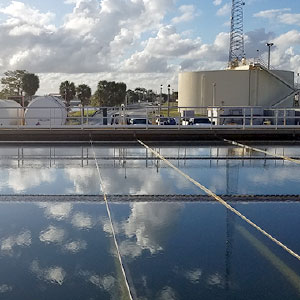
อุตสาหกรรมเครื่องดื่ม - Beverage Industry
นอกจากจะต้องตรวจสอบความเป็นด่างในน้ําที่ป้อนเข้าสู่ระบบไปที่ boilersและ แล้ว ค่าความเป็นด่างยังมีความสําคัญสําหรับการประเมินแหล่งน้ําที่ใช้สําหรับการผลิต เนื่องจากความเป็นด่างที่ไม่ถูกต้องหรือไม่สอดคล้องกันอาจส่งผลเสียต่อรสชาติและคุณภาพโดยรวมของเบียร์ น้ําผลไม้ และเครื่องดื่มอื่นๆ
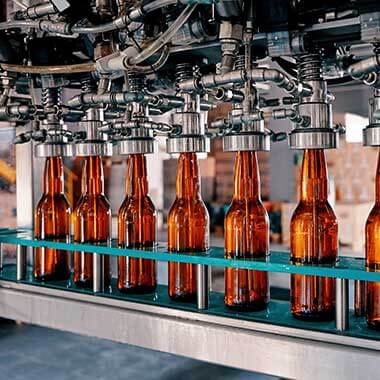
ผู้ผลิตสารเคมีสําหรับโรงงานอุตสาหกรรม - Chemical Manufacturing for Industrial Processes
นอกเหนือจากพารามิเตอร์อื่นๆ แล้ว Alkalinity ความเป็นด่างจะถูกตรวจสอบในระหว่างกระบวนการทําความเย็น เพื่อป้องกันการกัดกร่อนต่อท่อ คอนเดนเซอร์ และเครื่องอบแห้ง เมื่อเวลาผ่านไปการตรวจสอบความเป็นด่างร่วมกับพารามิเตอร์หลักอื่นๆ ในระหว่างการบําบัดน้ําเสียทางอุตสาหกรรม จะช่วยให้โรงงานต่างๆ ปฏิบัติตามกฎระเบียบของอุตสาหกรรมเคมี หลีกเลี่ยงการละเมิดใบอนุญาต เพิ่มประสิทธิภาพ ควบคุมต้นทุน และการดําเนินงานในระดับสูงทั้งในด้านสุขภาพและความปลอดภัย
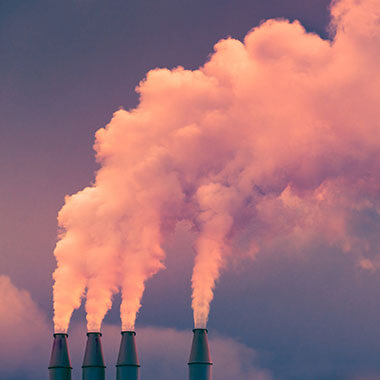
เราตรวจสอบความเป็นด่างได้อย่างไร?
Titration
Colorimetric Method
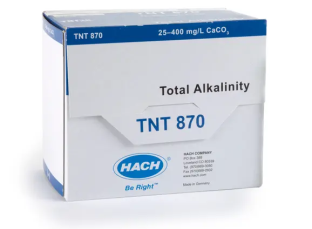
Alkalinity (Total) TNTplus Vial
เคมีที่วัดเป็นด่างของ TNTplus® สำหรับสเปกโตรโฟโตมิเตอร์ Hach ของคุณ ได้รับการออกแบบทางวิศวกรรมเพื่อทําให้การวิเคราะห์น้ําง่ายขึ้นเพื่อผลลัพธ์ที่แม่นยําทุกครั้ง สําหรับการวัดค่าความเป็นด่างทั้งหมดในน้ําดื่ม น้ําเสีย และ boiler water
Contact Us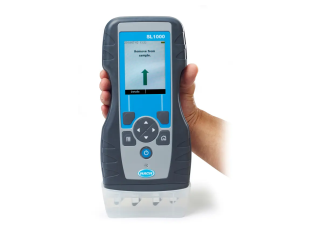
SL1000 Portable Parallel Analyzers (PPA)
SL1000 สามารถทําการทดสอบมาตรฐานหลายรายการพร้อมกัน ทําให้การจัดการข้อมูลเป็นเรื่องง่าย เครื่องวิเคราะห์คู่ขนานแบบพกพา (PPA) SL1000 ได้ผลลัพธ์ที่แม่นยําสูง โดยมีโอกาสเกิดข้อผิดพลาดน้อยลงในเวลาเพียงเสี้ยววินาที
Contact UsTest Strips/Test Kits
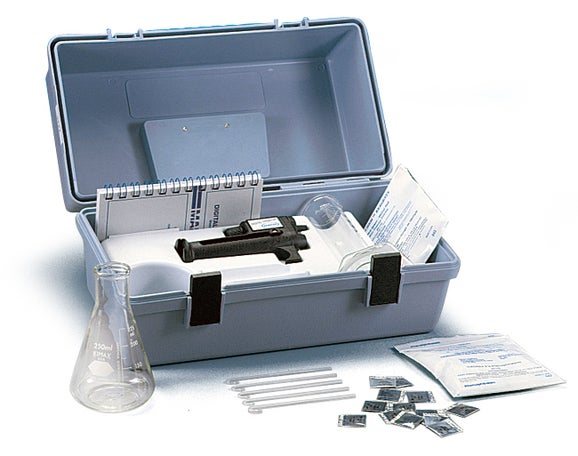
Digital Titrator Test Kits
Hach digital titrators use a high-precision dispensation device and replaceable titrant cartridges for highly accurate results in the field or lab. More than 50 different paramaters and/or ranges are available to suit many testing applications.
Contact Us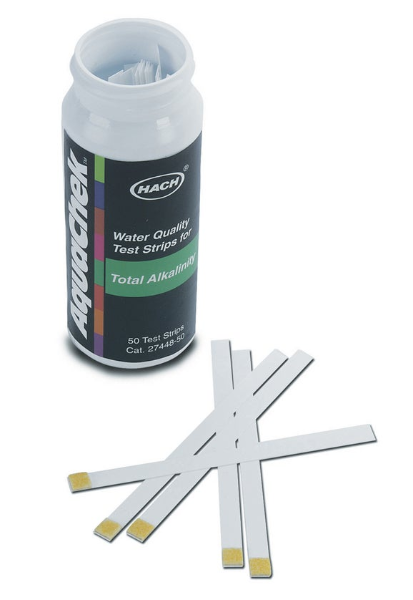
Total Alkalinity Test Strips
Detects carbonates, bicarbonates, hydroxides, and salts. Ideal for drinking water, food processing, boilers, and aquatic biology. 50 tests per kit. Easy, disposable, and cost-effective for quick, quantitative results in the field or lab.
Contact UsFrequently Asked Questions
What is the difference between hardness and alkalinity?
Hardness is the sum of the multivalent metal ions in solution, whereas alkalinity is a measure of the solution’s ability to neutralize acids (sum of hydroxide, carbonate and bicarbonate ions). In natural water systems, calcium carbonate is usually present and responsible for different characteristics of the water. Both hardness and alkalinity are expressed as a concentration of CaCO 3 for convenience of reporting a single number to represent multiple chemicals, and for ease in calculating a solution’s carbonate and non-carbonate hardness.
What is the sample's alkalinity if the phenolphthalein indicator does not turn the sample pink?
Phenolphthalein alkalinity determination by titration uses a phenolphthalein indicator that changes from pink to colorless at the endpoint. If the sample does not turn pink after adding the indicator, the sample does not have phenolphthalein alkalinity. The sample will not have any phenolphthalein alkalinity if its pH is less than 8.3.
What are the interferences for Total Alkalinity, Colorimetric Method, TNTplus 870, Method 10239?
Samples with an acid capacity above 8 mmol/L must be diluted with deionized (DI) water that contains no carbon dioxide (CO 2). One can remove CO 2 from deionized water by boiling. The absence of CO 2 in the water used for dilution can be checked by carrying out a blank measurement. If the samples have high buffering capacity, dilute with DI water. CO 2 in the DI water will interfere when diluting samples or standards for this colorimetric test. The CO 2 free water is not as critical in the titration vs. the colorimetric procedure. The colorimetric test is more sensitive to slight changes in CO 2 concentration due to the colorimetric detection method and small sample volume used.
What are some common interferences in the alkalinity titration methods?
Some common interferences in alkalinity titration methods include:
- Chlorine – Chlorine at levels above 3.5 mg/L can cause a yellow-brown color when the Bromcresol Green-Methyl Red Powder Pillow is added. To remove the interference, pretreat the sample by adding 1 drop of Sodium Thiosulfate Standard Solution, 0.1 N per 100 mL sample, before adding any other reagents.
- Color or turbidity – Color or turbidity can make it difficult to see the color change at the endpoint. Do not filter or dilute samples with color or turbidity. Use a pH meter and titrate the samples to the specified endpoints:
Sample composition Phenolphthalein alkalinity Total alkalinity Alkalinity approximately 30 mg/L pH 8.3 pH 4.9 Alkalinity approximately 150 mg/L pH 8.3 pH 4.6 Alkalinity approximately 500 mg/L pH 8.3 pH 4.3 Contains silicates or phosphates pH 8.3 pH 4.5 Industrial wastes or complex systems pH 8.3 pH 4.5 Routine or automated analysis pH 8.3 pH 4.5 - Soaps, oily matter, suspended solids and precipitates – Oils or solids can collect on the pH probe and cause a slow response. Clean the probe immediately after use.
Can both alkalinity and hardness be measured together?
Yes, both alkalinity and hardness can be measured together using appropriate testing methods and equipment.
Download our application note on cooling cycle analysis to learn more about measuring alkalinity and hardness in water treatment processes.
DownloadWhat is the difference between Total Alkalinity vs. Phenolphthalein Alkalinity
Total Alkalinity
Total alkalinity is a measure in parts per million of all the alkali (all carbonate, bicarbonate and hydroxide ions) present in a sample. Therefore, total alkalinity is a measurement of water's ability to resist changes in pH.
Total alkalinity is determined by titration to a pH of 4.9, 4.6, 4.5, or 4.3, depending on the amount of carbon dioxide present.
Phenolphthalein Alkalinity
Phenolphthalein alkalinity (p-alkalinity) is determined by titration to a pH of 8.3 (the end point when phenolphthalein indicator changes color) and it registers the total hydroxide and one half the carbonate present. Phenolphthalein alkalinity is a subset of total alkalinity.
Typically, hard water is alkaline, while soft water is more acidic. However, exceptions exist in unusual circumstances.
What compounds contribute to alkalinity?
Alkalinity in water is primarily influenced by compounds like bicarbonates, carbonates, and hydroxides of calcium, magnesium, and sodium. These substances act as buffers against pH changes, ensuring water stability. Hach offers comprehensive solutions for accurately measuring and managing alkalinity levels, empowering industries to maintain water quality standards effectively




